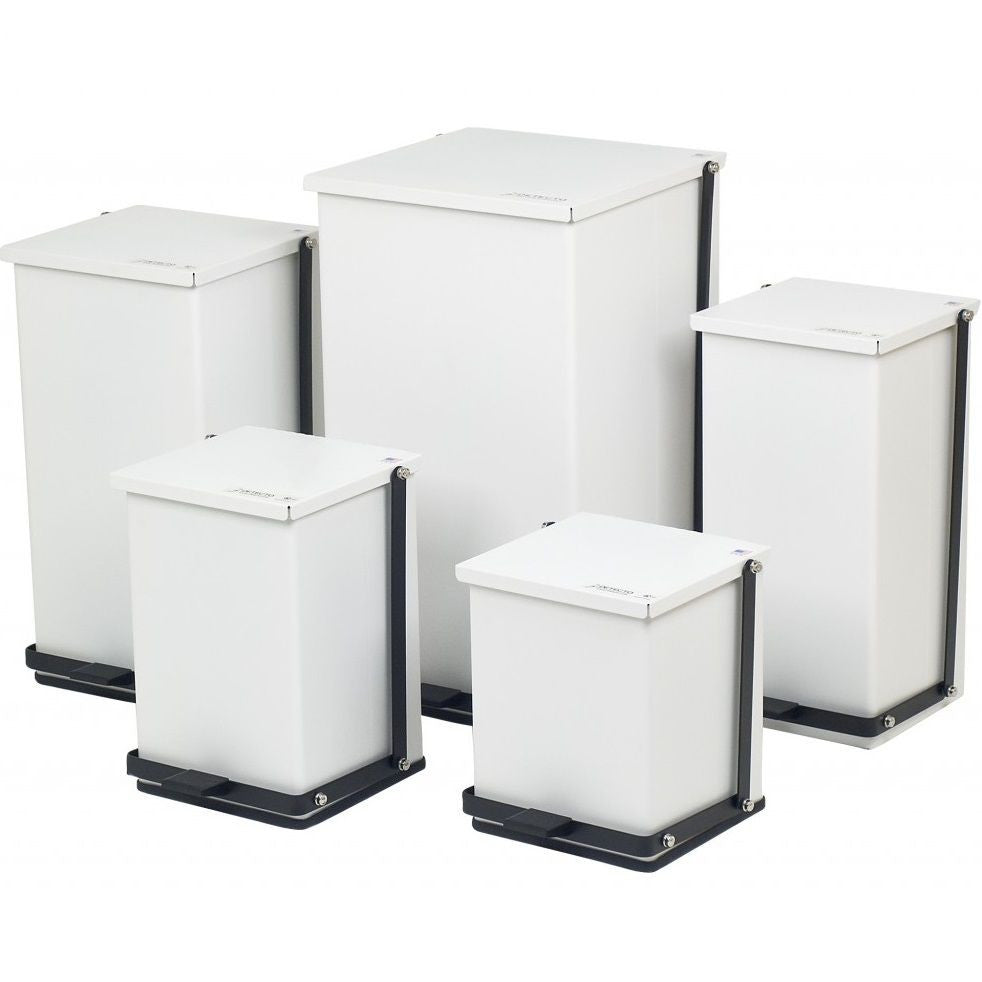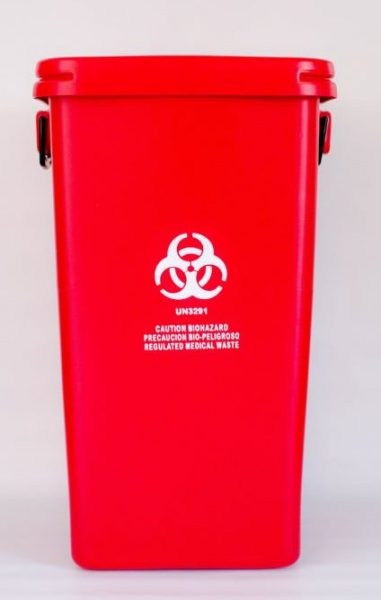Security First: Your Guide to Responsible Medical Waste Removal Services
Security First: Your Guide to Responsible Medical Waste Removal Services
Blog Article
Stay Ahead of Rules: Specialist Advice on Medical Garbage Disposal
In a globe where the medical care industry is continuously progressing, it is necessary for clinical centers to stay in advance of laws when it comes to the proper disposal of clinical waste. From understanding the various categories of clinical waste to executing the ideal collection and segregation techniques, this conversation will provide beneficial understandings and actionable pointers to aid centers stay ahead of regulations in the ever-changing landscape of medical waste disposal.
Recognizing Medical Waste Categories
Recognizing clinical waste categories is essential for correct disposal and management in health care facilities. Medical waste describes any waste generated by medical care tasks that may position a danger to public health or the setting. It is critical to classify clinical waste properly to ensure its risk-free handling, transport, treatment, and disposal.
There are numerous groups of medical waste that medical care centers need to be familiar with. One of the most common categories consist of contagious waste, pathological waste, sharps waste, pharmaceutical waste, and chemical waste. Each category has details guidelines and policies for its proper monitoring and disposal.
Pathological waste refers to human cells, organs, or body parts that need unique handling and disposal. Drug waste consists of run out, extra, or contaminated medications that need cautious handling and disposal.
Remaining Up-To-Date With Regulatory Adjustments
Staying current with regulatory adjustments is essential for health care centers to make certain conformity and proper monitoring of medical garbage disposal. medical waste removal near me. With guidelines frequently advancing, it is vital for medical care centers to remain up-to-date to avoid charges, penalties, and potential injury to the setting and public wellness
To stay in advance of regulative changes, health care centers should develop a system for tracking and tracking updates. This can be done by signing up for regulative newsletters, attending conferences and workshops, and actively taking part in market organizations. Additionally, centers should mark an employee or group accountable for staying notified and sharing details to appropriate stakeholders.
Routine communication with regulatory firms is also essential. Medical care facilities need to establish partnerships with neighborhood, state, and government agencies to ensure they understand any type of modifications in guidelines that might influence their waste administration methods. This can be done with regular conferences, participation in public comment periods, and aggressive involvement with regulative companies.
Moreover, medical care centers need to think about partnering with waste monitoring companies that focus on clinical waste disposal (medical waste disposal services with WasteX). These firms are typically skilled in the current guidelines and can give assistance and support to make certain conformity
Carrying Out Proper Collection and Segregation Techniques
To successfully manage clinical garbage disposal, healthcare centers must establish appropriate collection and segregation approaches according to governing guidelines. Executing these techniques guarantees the secure handling and disposal of possibly harmful materials, protects the environment, and minimizes the danger of infections and injuries to healthcare workers and the public.
Appropriate collection and partition methods involve the usage of designated containers and labeling systems. Medical care centers must provide plainly labeled containers for various kinds of medical waste, such as sharps, contagious waste, pharmaceutical waste, and non-hazardous waste. These containers need to be color-coded and plainly significant to prevent complication and promote simple recognition.
Additionally, medical care facilities ought to train their team on the correct procedures for collecting and segregating medical waste. This consists of informing them on the various sorts of waste, the proper containers to utilize, and the significance of following guidelines and guidelines. Regular training sessions and correspondence course need to be conducted to ensure that personnel continue to be up-to-date on ideal methods.
In addition, health care facilities need to develop a system for normal collection and disposal of medical waste. This might include partnering with accredited waste monitoring companies that focus on medical waste disposal. These browse around these guys companies will certainly other make sure that the collected waste is carried and taken care of in compliance with governing needs.
Choosing the Right Disposal Approaches

Incineration is one of one of the most efficient and common techniques for disposing of specific sorts of clinical waste, such as pathological waste and sharps. It involves the regulated combustion of waste at high temperatures, reducing it to ash. Nevertheless, incineration can release hazardous contaminants into the air and add to air contamination.

Other disposal methods consist of chemical therapy, microwave treatment, and landfilling. Chemical therapy involves using chemicals to decontaminate and neutralize the waste. Microwave treatment makes use of microwave energy to warm and sanitize the waste. Landfilling includes hiding the waste in a designated landfill area (medical waste disposal services with WasteX). However, landfilling must be the last option as a result of the prospective danger of contamination to dirt and groundwater.
Making Sure Compliance Through Paperwork and Training
After very carefully taking into consideration the ideal disposal approaches for clinical waste, healthcare facilities should guarantee compliance with guidelines and decrease environmental influence by applying effective paperwork and training treatments. This step is essential in preserving a safe and lasting environment for both health care workers and the general public.

Healthcare workers that deal with medical waste ought to obtain appropriate training on waste segregation, dealing with, and disposal treatments. By giving thorough training, healthcare centers can encourage their team to make enlightened choices and decrease the risk of incorrect waste disposal.
Final Thought
In verdict, staying ahead of laws in medical garbage disposal is essential for health care centers. medical waste removal services. Understanding the different categories of medical waste, staying upgraded with regulative modifications, implementing appropriate collection and partition techniques, picking the proper disposal techniques, and making sure compliance through paperwork and training are all necessary steps. By complying with these guidelines, medical care organizations can successfully take care of and get rid of of medical waste in a liable and secure fashion
From recognizing the different categories of clinical waste to applying the ideal collection and segregation methods, this conversation will certainly provide actionable ideas and useful understandings to aid facilities remain ahead of policies in the ever-changing landscape of medical waste disposal. - medical waste disposal services with WasteX
The most typical classifications include transmittable waste, pathological waste, sharps waste, pharmaceutical waste, and chemical waste. Healthcare centers need to supply clearly classified containers for different kinds of medical waste, such as sharps, transmittable waste, pharmaceutical waste, and non-hazardous waste. Medical care centers should develop a detailed system to tape-record and track all elements of clinical waste disposal, consisting of kinds of waste generated, quantities, and disposal methods made use of. Healthcare employees that manage medical waste needs to obtain proper training on waste partition, handling, and disposal procedures.
Report this page